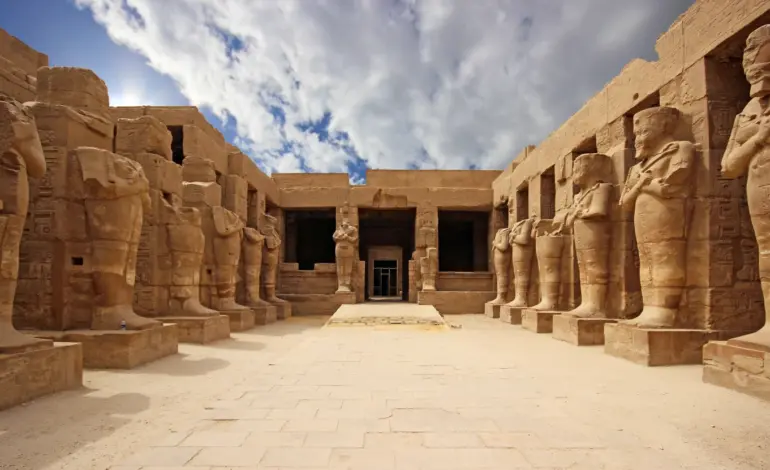Archaeologists Reveal Age of Egypt’s Ancient Karnak Temple

Archaeologists have successfully determined the age of the ancient Karnak Temple complex in Egypt, a significant breakthrough for understanding one of the world’s oldest religious sites. Located near the Nile River, Karnak has served as a vital spiritual center for over 3,000 years, devoted to deities including Amun-Ra, Montu, and Mut. This extensive archaeological effort highlights the importance of the site in the context of ancient Egyptian civilization.
The Karnak Temple complex encompasses an area of approximately 30 hectares, making it the largest temple complex in the world dedicated to a single deity. Researchers employed modern dating techniques to analyze artifacts, inscriptions, and architectural styles. Their findings indicate that the temple’s construction began during the reign of Senusret I around 1971 BCE, continuing through various periods of Egyptian history.
Significance of the Discovery
Karnak has long been a focal point of religious activity, drawing pilgrims and worshippers in ancient times. The temple complex is renowned for its towering columns, massive halls, and stunning hieroglyphics, which provide insights into the beliefs and practices of ancient Egyptians. As a UNESCO World Heritage site, its preservation is crucial not only for Egypt but for global cultural heritage.
The recent findings shed light on the evolution of architectural techniques and religious practices over millennia. According to Dr. Sarah Thompson, lead archaeologist on the project, “Understanding the timeline of Karnak illuminates the cultural and spiritual importance of this site in the broader context of ancient Egyptian history.”
Future Research and Preservation Efforts
As research continues, archaeologists plan to explore other areas of the temple complex that remain unexamined. This work is essential for further unraveling the history of Karnak and its role in ancient Egyptian society. Preservation initiatives are also underway to protect the site from environmental and human threats, ensuring that future generations can appreciate its historical significance.
In addition to its archaeological value, Karnak serves as a major tourist attraction, drawing visitors from around the world. The temple’s grandeur and historical context offer a unique glimpse into the rich tapestry of ancient Egyptian civilization. As ongoing research adds to the legacy of Karnak, it reinforces the need for continued investment in archaeological studies and heritage conservation efforts in Egypt and beyond.
The findings not only enhance our understanding of Karnak but also contribute to the ongoing discourse about the importance of cultural heritage in a rapidly changing world. As archaeologists work to decode the mysteries of this ancient site, the legacy of the Karnak Temple complex remains a vital part of human history.






